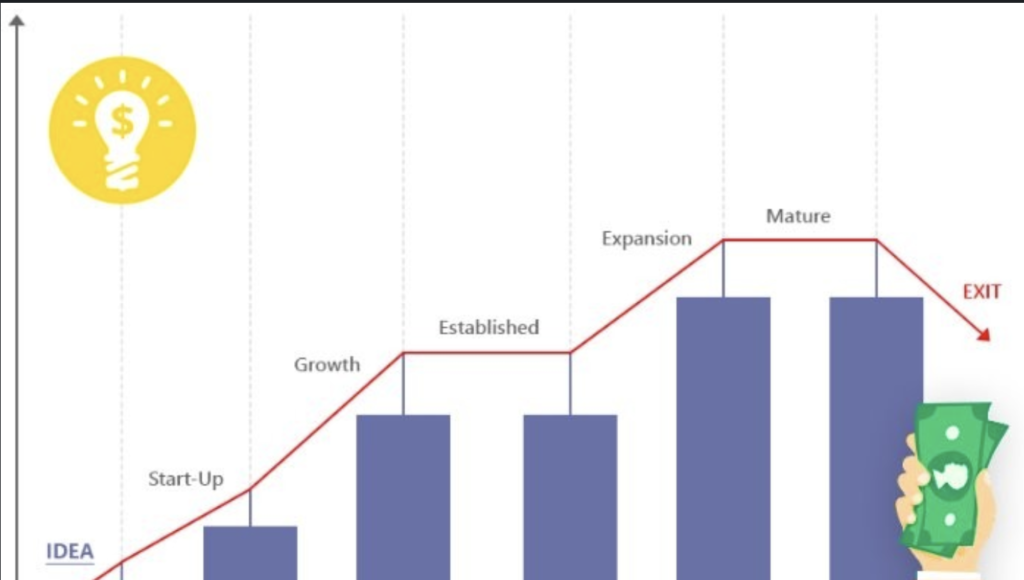When should a startup hire a new CEO versus developing their skills? It’s a loaded question with no straightforward answer. In this article, we explore the seven stages of the startup life cycle, the roles and responsibilities of a CEO, and three valuable questions to consider when making this critical decision. By answering these questions thoughtfully, startup teams can make informed decisions about their leadership roles.
A colleague recently asked me this question:
“When should a startup team in life science hire a new CEO versus developing their own skills?”
This question is loaded with all sorts of assumptions, and there is no straightforward answer. The choice depends on multiple factors. Company stage, industry sector, typical life cycle, and the people and personalities involved are just a few of the considerations. The answer is high-stakes – these choices can make or break a company. In this talent-themed newsletter, we’ll look at the life cycle of a startup, the roles and responsibilities held by its CEO, and some valuable questions to consider when you are pondering this change. I’ll also share three maxims to help structure your thinking.

The Startup Life Cycle
Let’s start the discussion by reviewing the startup life cycle. Hardik Shah shared an excellent graphic and description of the stages in his LinkedIn article “The 7 Stages of the Startup Life Cycle.” [1] Here’s the graphic, and I encourage you to read the full article.
In summary, a startup begins with an idea that develops through multiple distinct phases. Not all are found for every company and some stop at the established or mature phases without an exit. Along the way, the founding team makes many choices affecting progress. This brings me to my first maxim for this article:
Maxim 1: “At each point, make the best decision you can, then review them periodically for quality, not outcome.”
How to make good decisions is a subject of much debate (and a topic for another article). However, this maxim makes a good rule of thumb to avoid analysis paralysis. At early stages, the activities are clearer (form the company, establish accounts, do customer discovery, etc.). Growth brings complexity, particularly around who does what.

The Three Responsibilities of a Startup CEO
A CEO is the head of the company. What does this mean? According to Matt Blumberg, [2] startup CEOs occupy three primary roles. These are:
Storyteller
First, the CEO is the keeper of the flame, the vision that launched the company. They will share this story with the team, customers, advisors and board members, hired experts (lawyers, accountants, etc.), and funders. Since the CEO is often a founder, the passion behind your solution should be the why in your story; however, you will need to fill out the who-what-when-where-how to create compelling messages for each group. GenAI can help whiteboard your message, but you’ll need customer data to hone it to perfection. You’ll be repeating this story ad nauseam, and practice will help you nail it every time.

People Leader
Second, the CEO always leads the way. [3] Others can help you tell the story and do the work – only you can lead. Leadership means listening as much as speaking and demonstrating company culture through actions. Evaluating and selecting new team members and coaching them to peak performance are among your most important activities. Mentor them and delegate well; you’ll find this role substantially easier. You’ll also make choices among competing paths forward, facilitate meetings, and referee arguments. Your first CEO should be entirely comfortable in taking on this role and prepared to develop their skill – if not, choose another who is.

Operator
Third, the CEO is the principal doer at the startup and the ultimate responsible person. This role is the one that can easily destroy you if you don’t pace yourself. Learn to seek out and recognize the most important tasks and choices at each moment to spend your energy wisely. Learn to delegate effectively to spread the workload and create team development opportunities. Figure out your and the company’s operating systems and refine them using technology. [4] Add contractors or employees as needed to increase capacity. This is the role that’s easiest to share with others – don’t make the mistake of holding onto tasks just because it seems easier than delegating because it will keep you from scaling.
This leads to my second maxim:
Maxim 2: The CEO must be ready to fill all three roles before launching your startup.

Another Critical Role
Beyond these three primary jobs, an effective CEO quickly learns to manage themselves to maintain energy and stamina. [5] You can’t tell incredible stories, lead others, or execute the work without caring for yourself. Top priorities include personal health and wellness, making time for family and friends, and securing their personal finances. Managing work and travel schedules is mandatory for optimal performance and quick decision-making. Demonstrating good self-management helps the CEO stand out in their Team Leader role.

Growth Phases
The work will scale as the company grows to a point where the team starts recognizing times when the tasks outstrip the available capacities (time or skill). Depending on your operating system, this could be as early as the second or as late as the fifth stage. Potential role additions include building and running a board, raising funds (either venture or traditional financing), expanding existing or entering new markets, or selling the company. Many of these require leadership, and the many possible variations can challenge even an experienced CEO. In a growth phase, advisors often urge founder teams to consider changes. It’s worthwhile to schedule a role review for top leadership during a planning meeting or retreat.

Three Questions to Ask When Considering Replacing the CEO
The founding CEO may have a near-mythic status for leading the company. Replacing them is a huge change that will disrupt operations and potentially trigger key employee departures. Therefore, regardless of how the point arises, there are three questions you should thoughtfully answer before proceeding.
Is it a skills or capacity problem?
Demand for the CEO’s participation across all roles will expand quickly during growth phases. Taking care of themselves (what Greg McKeown calls “protecting the asset” [6]) is increasingly important as their roles increase in number and scope. This makes the situation a capacity problem, solvable by an increase in delegation or technology and potential expansion of the team. If the CEO has the capacity but lacks one or two skills for top performance, mentorship at the board level or professional coaching may be an excellent solution.
Is it another kind of problem?
Do you have the wrong product, the wrong market, or the wrong business model? Any one of these could force your company to struggle with growth. They may be solved through renewed customer discovery cycles, data collection, analysis, and strategic thinking. Replacing the CEO won’t address any fundamental issues unless accompanied by an ego problem. Starting a company takes an unusual mix of grit, determination, and contrariness. Founding teams can sometimes be so close to the issues that they can’t see them. Others may struggle with criticism of their cherished ideas, and changes that affect the cap table are almost always contentious. Before replacing anyone on the team, consider a carefully facilitated board and team strategy discussion to refocus on the vision.
If you need a different CEO, what kind do you need?
If the team decides a new CEO is appropriate, clearly identify the primary skills and knowledge needed for success. What are the critical attributes your current CEO is missing? What is the new or expanded role they must fill? Do you need a full-time person, or would the current CEO perform better with the support of an expert (either part- or full-time)? Matt Blumberg and Peter Birkeland assembled a guide to functional area roles that’s an excellent resource for CEOs and teams asking themselves if and when leadership changes are needed. It’s called “Startup CXO,” and I find Matt’s CEO-to-CEO advice for each role an excellent way to calibrate my thinking.
Given these thought questions, here’s my third (and last) maxim for this article:
Maxim 3: Make sure you address the actual problem before choosing to hire a new CEO.

In Closing
Hiring a new CEO for your startup is not impossible, but it should be done conscientiously to maintain company culture and values. Seek the best outcome possible for all parties, and keep asking questions to uncover new options and solutions. Lastly, structure and document your thinking on company leadership roles using my three maxims. You won’t always get the hoped-for outcome, but you will have the evidence to improve future decisions.
Do you want to read more articles by Katrina? Subscribe to her Newsletter “Thinking Kat“.
References
[1] Hardik Shah, “The 7 Stages of the Startup Life Cycle.” LinkedIn, April 9 2016. Accessed November 3, 2023. https://www.linkedin.com/pulse/7-stages-startup-life-cycle-hardik-shah-csm-/
[2] Matt Blumberg, “Startup CEO: A Field Guide to Scaling Up Your Business.” 2nd Edition, Techstars Press (New York, Wiley, 2020). pp. 11, 68, and 159
[3] With the utmost respect for the U.S. Army’s Ranger Battalions!
[4] Matt Blumberg, “Startup CEO”, p. 161.
[5] Ibid., p. 328.
[6] Greg McKeown, “Essentialism: The Disciplined Pursuit of Less.” (New York: Crown Currency, 2014). p. 179.
[7] Matt Blumberg and Peter M. Birkeland, “Startup CXO: A Field Guide to Scaling Up Your Company’s Critical Functions.” Techstars Press (New York, Wiley, 2021).
